SHIPPING TO ALL MEXICO
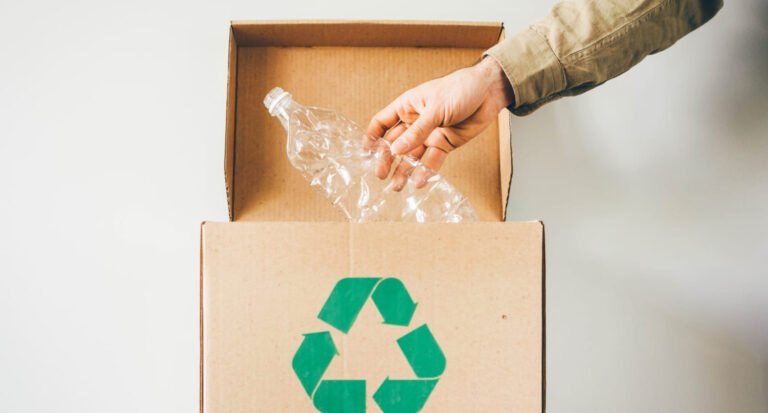
SHIPPING TO ALL MEXICO
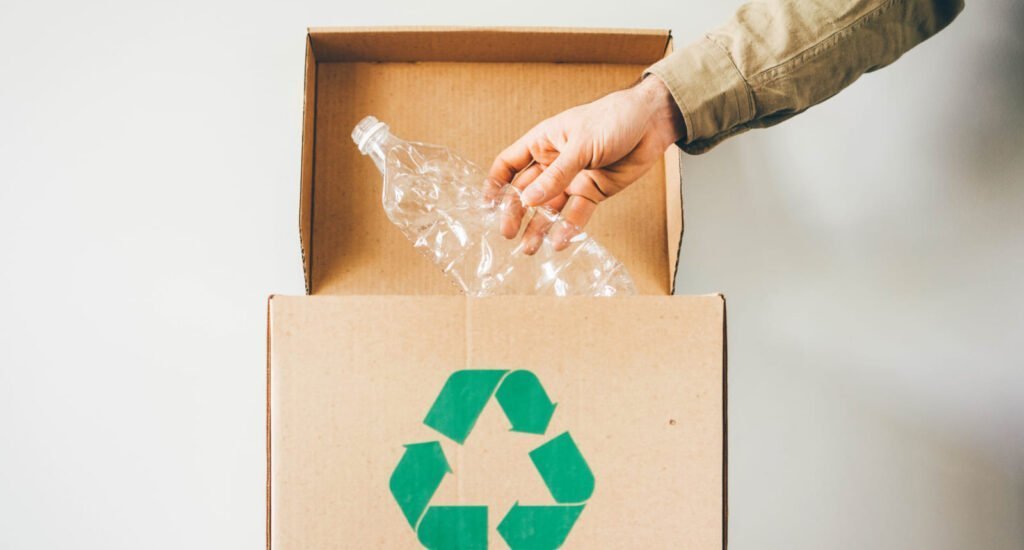
The term “plastic” comes from the Greek word “plastikos,” which means capable of being molded. Plastics have different properties that allow them to be molded and adapted to different shapes and applications. If we look closely, we see plastic elements in all areas: packaging, clothing, utensils, medical devices, appliances, transportation means…
Plastics are materials that, composed of resins, proteins, and other substances, are easy to mold and can permanently change their shape through a certain level of compression and temperature.
Plastics are synthetic chemical substances, called polymers, with a macromolecular structure that can be molded through heat or pressure, and their main component is carbon. These polymers are large groupings of monomers joined together through a chemical process called polymerization. Plastics provide the necessary balance of properties that cannot be achieved with other materials, such as color, light weight, pleasant touch, and resistance to environmental and biological degradation.
Caring for the environment is an important topic that can be approached from various angles; one of them is recycling, a practice that aims to promote the processing of materials to reduce the impact on nature and keep them within the production cycle.

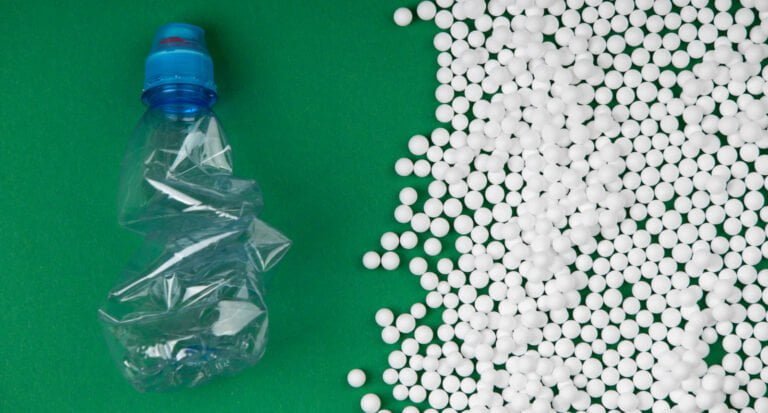
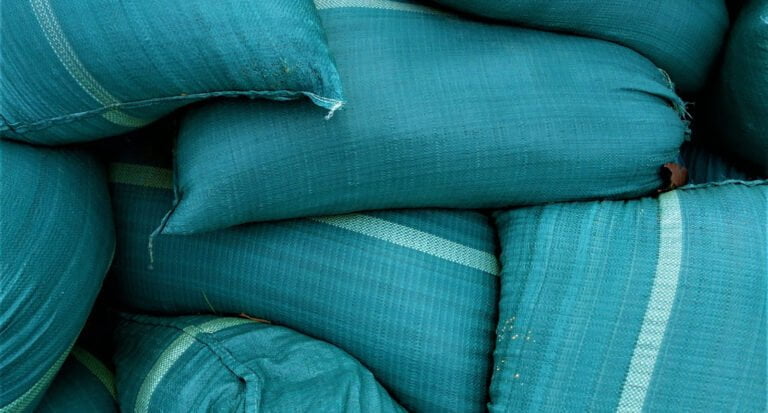
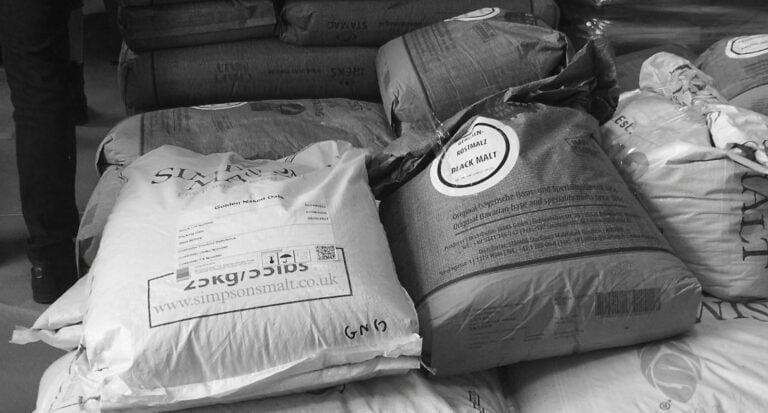
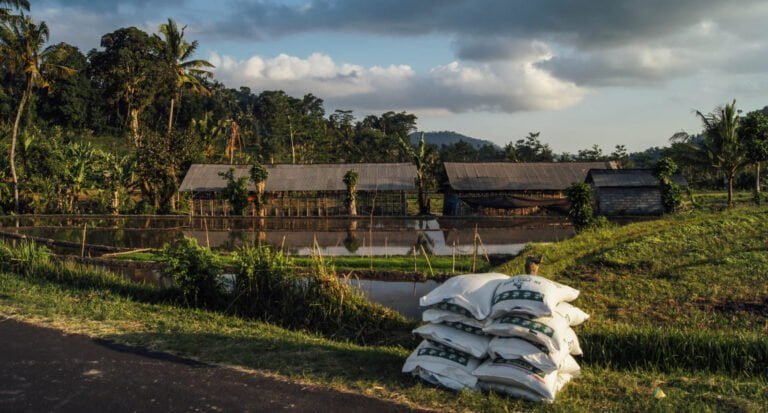

Get news and updates
